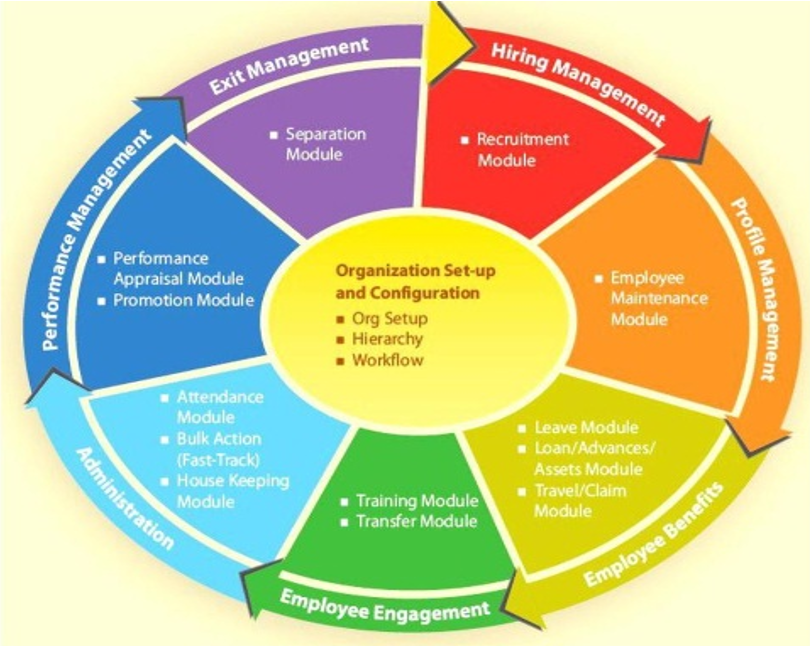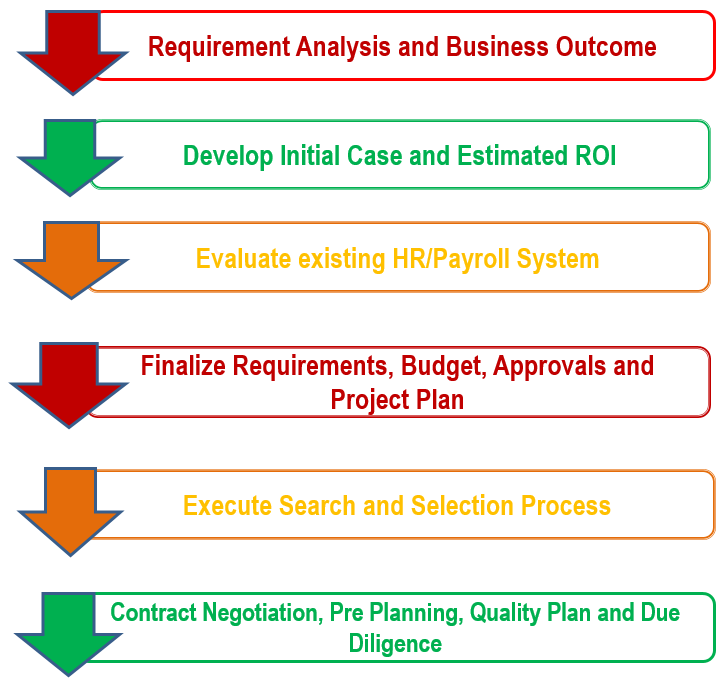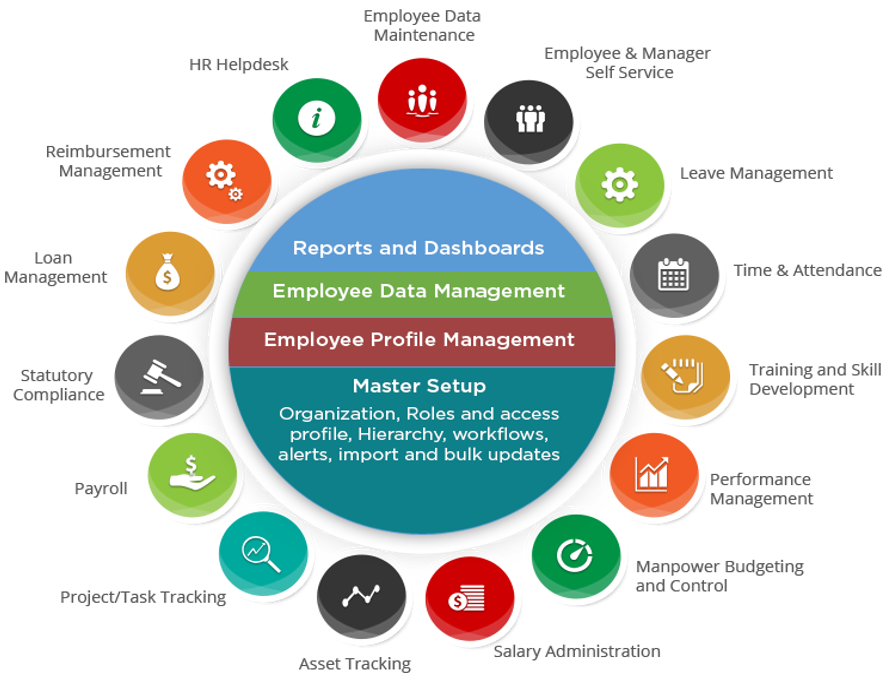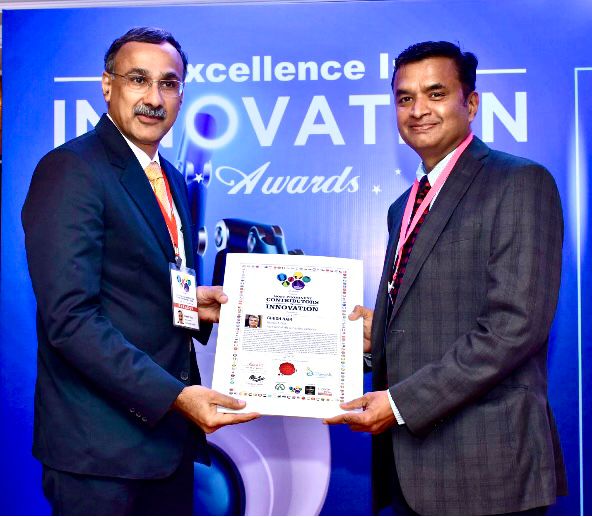Introduction
The processing and transmission of digitalized HR information is called electronic Human Resource Management (e-HRM). E-HRM is the application of IT for HR practices which enables easy interactions among employees and employers due to the comprehensive databases and information available. E-HRM is changing the way HR departments handle record keeping and information sharing. It decreases the paperwork substantially and allows easy access to voluminous data. The employee can also keep track of his/her achievements without having to go through litigious procedures. It uses intranet or similar web technology channels to share data. It can also be used for implementation of different HR strategies. Similarly, the authorization of different HR functions can be distributed through e-HRM.
E-HRM is a way of implementing HR strategies, policies, and practices in organizations using web-based channels. The e-HRM product software stores information about payroll, employee personal data, training and recruitment among other information. It has the potential to change the way the traditional HR functions are performed.

PACE offers products, covering all aspects of HR, on Cloud and SaaS models. E-HRM brings about consistency, improves quality, enhances employee satisfaction, maximizes technology potential, and brings about effective cost cutting. PACE undertakes the whole process of implementation and offers a one stop solution for all the e-HRM services.
Objectives of e HRM
- Offer an adequate, comprehensive and efficient information system about people and jobs.
- Provide support for policy formulations and future planning.
- Facilitate monitoring of human resources demand and supply.
- Automate employee related information.
- Enable faster response to employee related services and faster HR related decisions.
- Bring about data security and personal privacy.
- Work towards a paperless office.
- Higher speed of retrieval and processing of data.
- Generate more consistent and accurate information/reports.
- A higher internal profile for HR leading to better work culture and significant reduction of administrative burden.
- Adaptability to any client that facilitates management.
- Integral support for the management of human resources and all other support processes within the company.
- A more dynamic workflow in the business process, productivity and employee satisfaction.
Implementation of e-HRM involves several challenges with its attendant implications like set-up costs, presence of an IT culture and data security. Continuous monitoring and feedback are critical for the success of any e-HRM effort in an organization.
Given below is a pictorial representation of the process we follow for an Engagement Model:


Implementation Timelines
| Head Count | Implementation Timelines |
|---|---|
| < 100 | 3 months |
| 100 - 300 | 6 months |
| 301 - 500 | 9 months |
| 501 - 1000 | 12 months | > 1000 | 18 months |
Note: The above are approximate time schedules and may differ based on organizational preparedness.
PACE offers tailor-made solutions based on client requirement and employee strength. A competitive price on a SaaS model will be offered.









